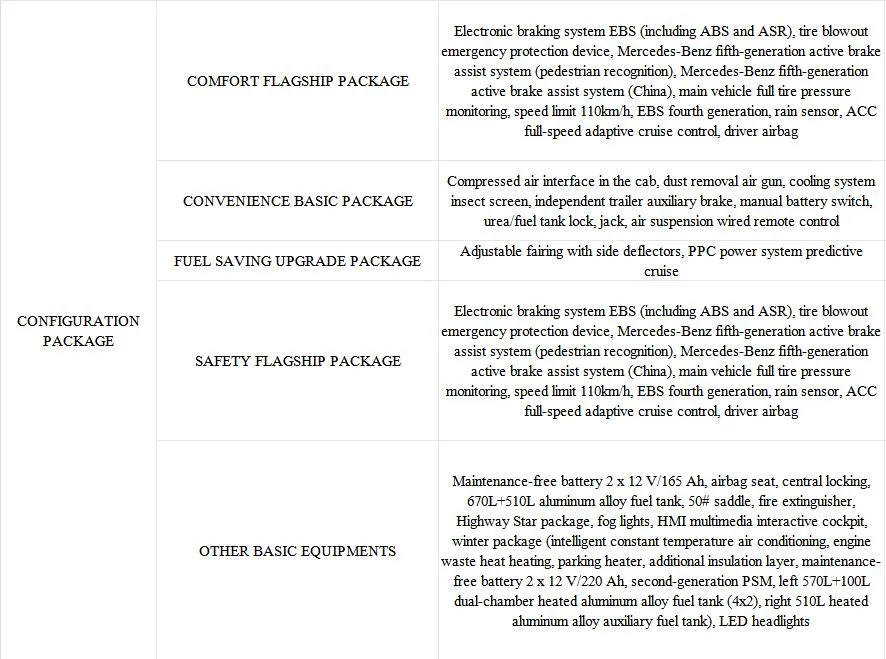Hydrostatic Transmission Fluid Properties and Applications in Machinery Systems
Understanding Hydrostatic Transmission Fluid
Hydrostatic transmission systems are essential components in various machinery, particularly in agricultural equipment, construction machinery, and industrial vehicles. These systems rely on the principles of fluid dynamics to transmit power and control motion efficiently. At the heart of these systems lies hydrostatic transmission fluid, a specialized medium crucial for their optimal performance.
What is Hydrostatic Transmission Fluid?
Hydrostatic transmission fluid is a specialized hydraulic oil designed to facilitate the transfer of power within hydrostatic transmission systems. Unlike conventional motor oils, hydrostatic fluids are engineered to possess specific properties, such as viscosity, thermal stability, and anti-wear characteristics, which are essential for the smooth operation of hydraulic components.
Functions of Hydrostatic Transmission Fluid
1. Power Transfer The primary function of hydrostatic transmission fluid is to transmit power from the engine or electric motor to the drive system. The fluid creates pressure within the system, enabling the hydraulic pumps to move fluid efficiently and allowing systems to operate at varying speeds and torque levels.
2. Lubrication Hydrostatic transmission fluid is critical for lubricating various components of the transmission system, including pumps, motors, and valves. Proper lubrication reduces friction, minimizes wear and tear, and enhances the longevity of these components.
3. Cooling As hydrostatic systems operate, they generate heat due to friction and fluid movement. Hydrostatic transmission fluid helps dissipate this heat, maintaining optimal operating temperatures and preventing overheating, which could lead to system failure.
4. Contaminant Suspension Hydrostatic transmission fluid also plays a role in carrying away contaminants that can accumulate in the system, such as debris, metal shavings, and water. This property helps maintain cleanliness within the system, preventing damage to components and ensuring reliable operation.
Characteristics of Quality Hydrostatic Transmission Fluid
hydrostatic transmission fluid

When selecting hydrostatic transmission fluid, several key characteristics should be considered
- Viscosity The viscosity of the fluid must match the specifications for the specific transmission system in use. Proper viscosity ensures adequate flow and pressure, providing optimal performance.
- Thermal Stability Quality hydrostatic fluids should exhibit thermal stability, resisting breakdown under high temperatures. This characteristic helps maintain performance over extended periods of use.
- Anti-Wear Additives The presence of anti-wear additives in the fluid helps protect critical components from abrasion and prolongs the life of the transmission system.
- Oxidation Resistance Hydrostatic fluids that resist oxidation are less prone to forming sludge and deposits, ensuring clean operation over time.
Maintenance and Replacement
Regular maintenance and timely replacement of hydrostatic transmission fluid are crucial for the health of the transmission system. Over time, fluids can become contaminated, lose their lubricating properties, and degrade, leading to decreased performance and system damage. It is advisable to follow the manufacturer’s recommendations regarding fluid change intervals, typically based on hours of operation or annual schedules.
Conclusion
Hydrostatic transmission fluid is a vital element for the effective operation and longevity of hydrostatic transmission systems. Understanding its functions and characteristics allows operators and maintenance personnel to ensure optimal performance and reliability in their machinery. By prioritizing proper fluid selection and maintenance practices, machinery users can benefit from enhanced efficiency, reduced downtime, and increased productivity, thereby making a significant impact in their respective fields.
-
SINOTRUK HOWO 84 Electric Dump Truck for Eco-Friendly Heavy HaulingNewsJul.26,2025
-
The Fast 16-Gear Manual Transmission Assembly for Heavy TrucksNewsJul.25,2025
-
Mercedes Benz Actros 1848 42 Tractor Truck for Sale - Reliable PerformanceNewsJul.24,2025
-
High-Quality Water Pump Assembly for Sinotruk Trucks – Durable & ReliableNewsJul.23,2025
-
Premium Truck Engine Antifreeze Coolant Fluid for Heavy Duty VehiclesNewsJul.22,2025
-
FOTON View G7 Mini Bus: Affordable & Spacious TransportNewsJul.22,2025
Popular products

























